Born in Milan in 1935, is one of Italy’s most important modern architects and part of the so-called Italian rationalist school.
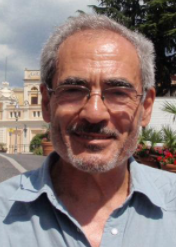
Image source: https://en.wikipedia.org/wiki/Giorgio_Grassi#/media/File:Giorgio_Grassi.jpg
Architect, Writer and Professor
Grassi was born in Milan, Italy. He studied architecture at the Politecnico University in Milan, where he graduated in 1960. He worked for the magazine Casabella-continuità for 3 years until 1964 and has been a professor at the Politecnico, as well as other universities, since 1965.
Grassi is a prolific writer and theorist, having most notably written The Logical Construction of Architecture (1967), Architecture as a Craft (1979) and other influential works. Together with Aldo Rossi, Grassi argued that architecture had to look within itself to an autonomous methodology, separate from political, economic, social and technological events.
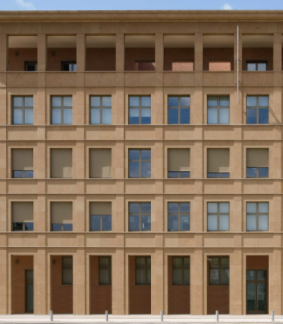
Image source: https://divisare.com/projects/342883-giorgio-grassi-nuova-sede-della-cassa-di-risparmio-di-firenze
Unconventional Designer
Grassi has often been described as a non-conformist and a critic of conventional mainstream architecture. In fact, he holds an idea of architecture as an intellectual process, a rational discipline that prioritizes reason above form in order to avoid a return to rhetorical formalist models of architectural production. Moreover, his extremely formal work is predicated on absolute simplicity, clarity, and honesty without ingratiation, rhetoric, or spectacular shape-making; it refers to historical archetypes of form and space and has a strong concern with the making of urban space.
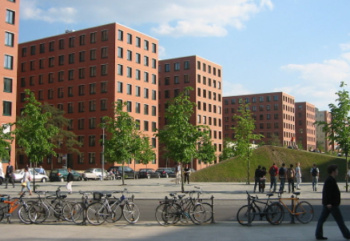
Image source: https://commons.wikimedia.org/wiki/File:Berlin_-_Park_Kolonnaden_2.jpg
Grassi’s Trademarks and Influences
Though described as severely rational, Grassi’s architecture also incorporates a sensitivity to classical and neo-classical architecture (Alberti, Schinkel) but is at the same time deeply influenced by the modern movement, especially in Germany and Austria. Grassi’s trademarks are his use of exposed brick in most of his buildings as well as square windows. In his writings, he refers to the socialist German architects of the 1920s as well as references to selected public buildings and public spaces as his guidelines. His works have been extensively published in the top international architecture magazines.
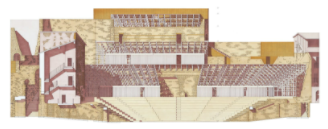
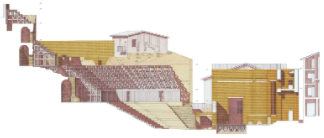
Images source:https://divisare.com/projects/342881-giorgio-grassi-progetto-di-restituzione-e-riabilitazione-del-teatro-romano-di-brescia
Famous Works
- Municipal center of the Visconteo Castle of Abbiategrasso (1970);
- Student house, University of Chieti (1976);
- Prinz-Albrecht-Palais, Berlin (1984);
- Roman theatre of Sagunto (1985);
- Building complex at Potsdamer Platz, Berlin (1993).
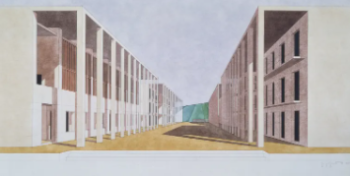
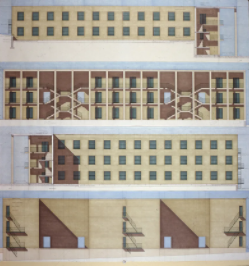
Images source: https://divisare.com/projects/337701-giorgio-grassi-student-halls-of-residence-in-chieti
Info sources:
https://en.wikipedia.org/wiki/Giorgio_Grassi
https://www.domusweb.it/en/reviews/2005/06/21/theory-and-design-in-grassi.html
